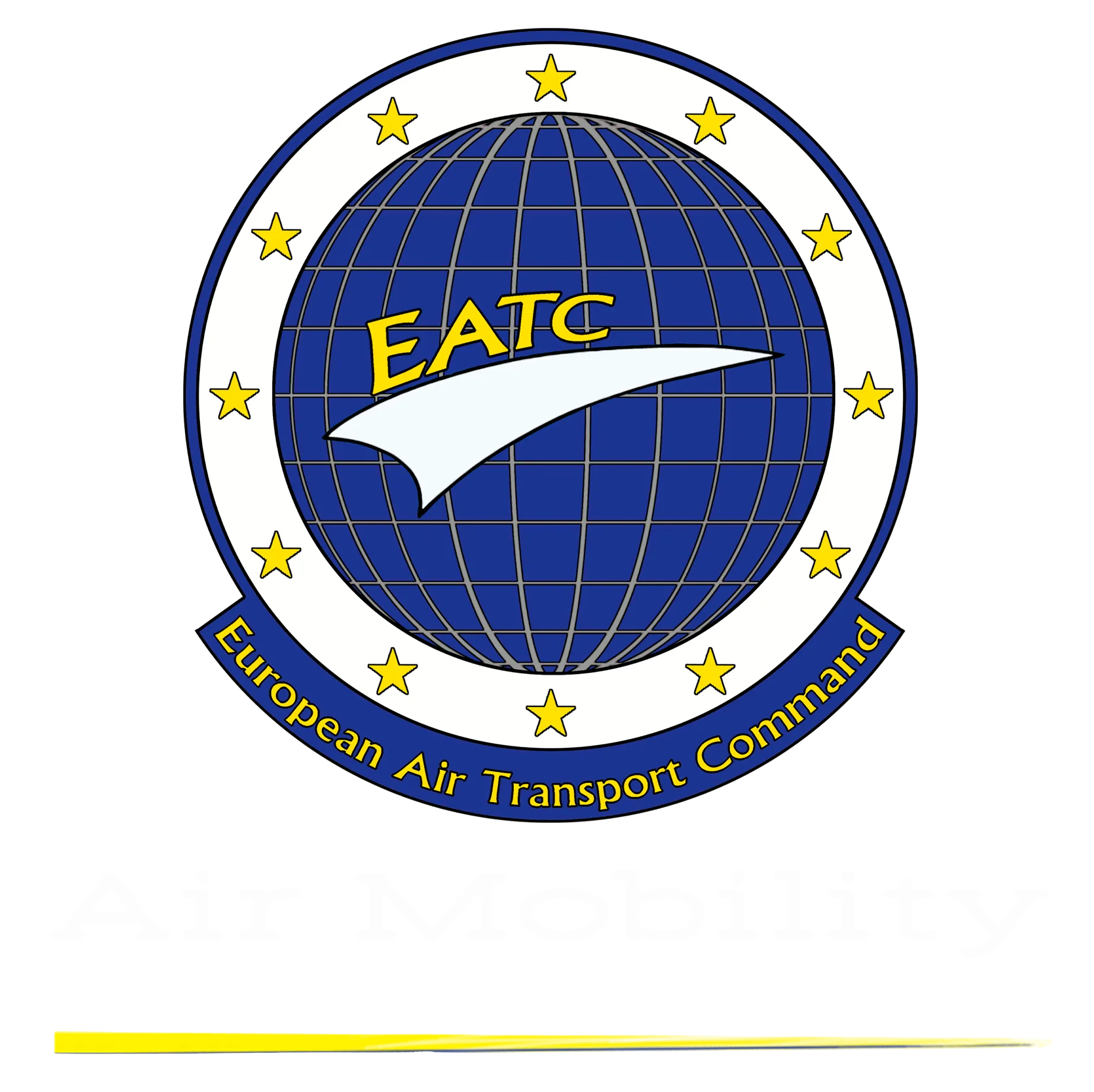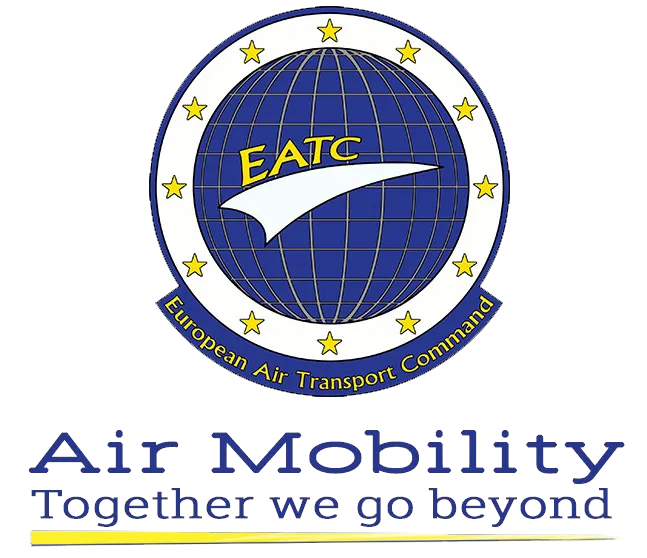COVID-19 dominated EATC throughout the entire year with pandemic-induced challenges, resulting in time critical missions and permanently changing rules and regulations. Innovative solutions, solid communication and strong cooperation was key to success. The latter was in particular critical when in August 2021, civilians of all nationalities were to be evacuated from Kabul. EATC operated in close coordination with nations, facing multifaced challenges combined with an extremly volatile and dynamic situation at Kabul International Airport.
The figures 2021 tell the story: EATC performed nearly 7.900 missions totalling up to 50.000 flying hours. The aeromedical experts managed the evacuation of nearly 1.800 patients, an increase of 80% compared to the year 2019. 550 out of these 1.800 patients were COVID infected cases. Many executed missions were earmarked by urgency and priority, such as the transportation of medical material to support the fight against COVID or the relocation of intensive care patients. One of the many examples is operation “Kleeblatt” (clover leaf) covering all intra-Germany COVID-patient-relocation missions.
For the upcoming year, EATC will continue to look into a more comprehensive planning and coordination with our nations in support of crisis commitments. The Commander EATC, Major-General Schick, stated that EATC’s “expertise in air mobility can add value to the sensitive national planning process and to the overall mission conduct.” Synergies and sharing of ressources are key to enhancing the robustness and reliability of mission execution.
The year 2021 also brought changes to EATC’s portfolio: on the one hand we had to say “goodbye” to some legacy transport aircraft, and on the other hand we gained new state of the art assets and capabilities. Along the year, EATC bid farewell to the Spanish and Belgium C-130 Hercules, the German C-160 Transall and the Dutch McDonnell Douglas KDC-10. The nations replaced these assets by a new “workhorse”: the A400M (except for the Netherlands) and the multirole A330 MRTT.
The portfolio grew in 2021 with nine additional Belgian, French, German and Spanish A400Ms and four A330 MRTTs for the MMU and France. Moreover Luxembourg offered an aeromedical evacuation asset with a large operational flexibility, the Bombardier Challenger 605.
The binational French-German C130J unit (BATS) was officially inaugurated in summer 2021 and is now ramping up to welcome six German C-130Js, in addition to the four French C-130Js already operating from the base.
After the “pandemic-break” in 2020, trainings were fortunately again on the agenda. EATC organised in October 2021 the air-to-air refuelling training, EART outside the premises in the Netherlands. Running EART on the Canary Islands in combination with a Spanish fighter exercice, proved EATC’s capability to also conduct this unique and high-valuable training in a deployed scenario, a significant step for EATC’s operations support during times of crisis.
Moreover EATC looped up courses such as the (Advanced) Combined Air Terminal Training (ACATT/CATT). For the first time, the Commander awarded the EATC “Acknowledged Multinational Ground Handling Training Facility” certification to a training facility, namely to the Airborne and Air Transport School in Altenstadt (Germany), organising the ACATT courses.
“The pandemic strengthened our ability to deal swiftly in a crisis situation. Now, we pick up the speed for the next decade and together with our member nations, we will continue to demonstrate the priceless value of our commonly shared capability in Europe”.
Major General Schick
Commander EATC


